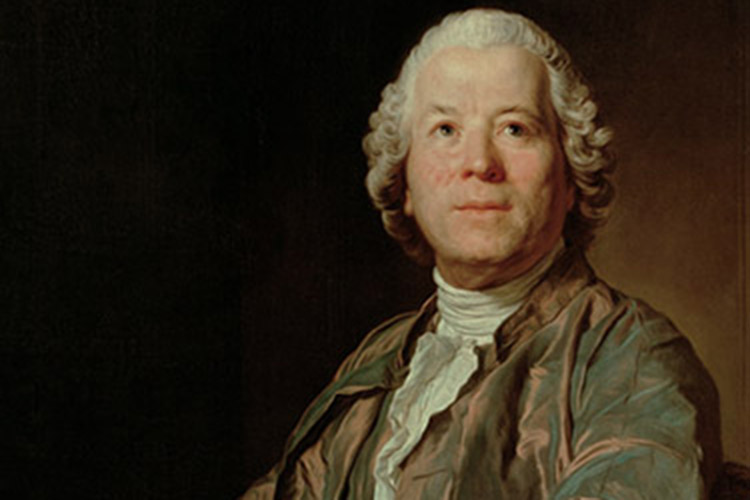
Orphée et Eurydice
Welcome to Lyric's learning resources!
This is your all-access pass to the world of opera and musical theater. Scroll down to access the following resources to help you learn more.
Overview
Musical Highlights
Production Videos
Historical and Cultural Timeline
Composer and Librettist Biographies
Overview
This Google Slides presentation covers essential information your students need to know about the opera.
Act I, Scene 2 - Objet de mon amour (Object of my love)

Orphée et Eurydice features a lot of recitative (re-CHE-sih-teev) which is talk singing in opera that conveys plot information. This excerpt is Orphée’s first aria in the opera (and it’s in not even in the first scene!) Orphée is mourning the loss of his beloved wife, Eurydice.
Things to listen for:
- Every line starts high and descends downward like a scale. This is foreshadowing for Orphée’s descent into the underworld. What else could the direction of this phrase indicate?
- After the line (translated in English) “and when the day is gone”, the orchestra echoes Orphée’s melody very softly. Why might Gluck have chosen to have the orchestra do this?
Act II, Scene 1 - Quel-est l'audacieux (What audacious man)
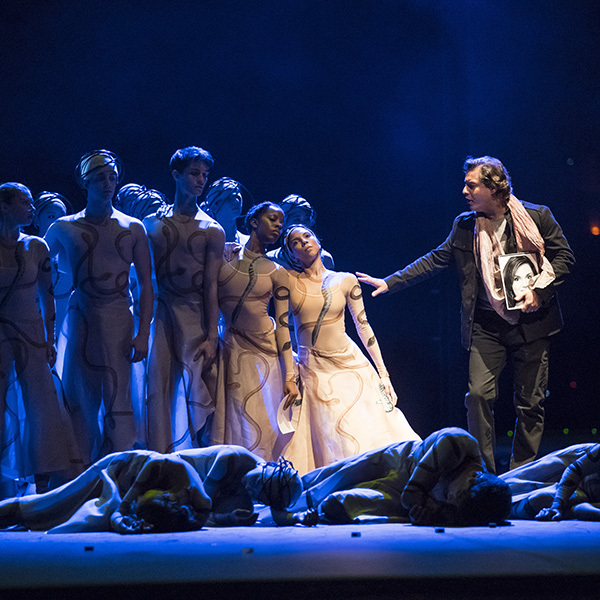
Sung by the chorus
Upon arrival in the underworld Orphée is met by a chorus of spirits called Furies. The spirits are unpleasant and do not like Orphée’s presence.
Things to listen for:
- The woodwinds, brass and low strings are playing the same notes that the chorus is singing. This gives the chorus an “other worldly” characteristic.
- In the second verse, the strings break from their repeated rhythmic pattern to play measures with three quarter notes. At these moments the orchestra is playing the "barks" of Cerberus, the three headed dog that guards the underworld.
Act II, Scene 2 - Ballet des Ombres Heureuses (The Dance of the Blessed Spirits)
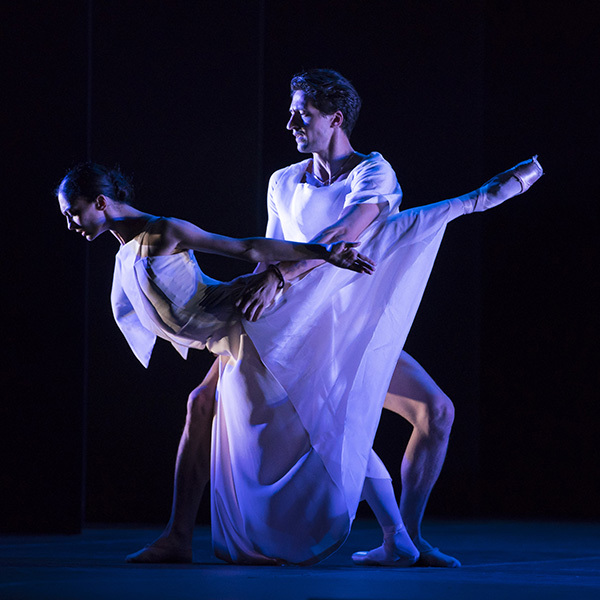
Performed by the orchestra
Orphée is granted entry by the Furies after he sings to them. As he proceeds deeper into the underworld, he arrives at the Elysian Fields and is graced by the blessed spirits. This instrumental ballet numbers features a prominent flute solo.
Things to listen for:
- At the beginning of this piece the melody is in the flutes. In the second section the melody shifts to the violins.
- Compare “Quel-est l'audacieux,“ and “Ballet des Ombres Heureuses.” They both concern the underworld. How are the two pieces similar? What are their differences?
Act III, Scene 1 - Fortune ennemie! (Oh! Unkind fortune)
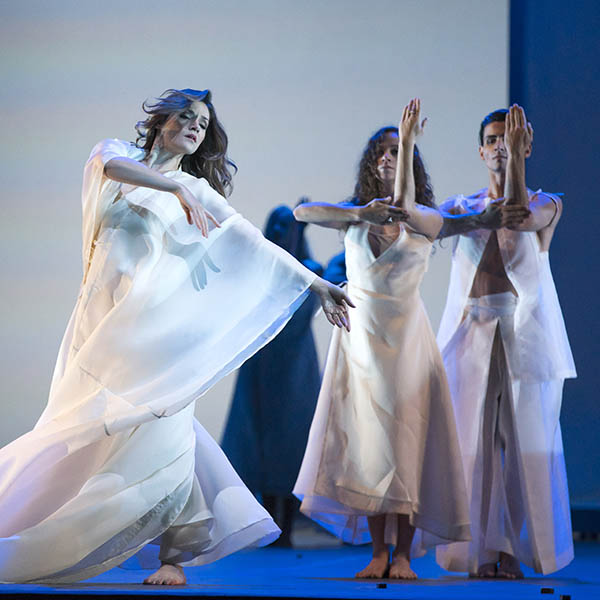
Sung by Eurydice
As part of the bargain Orphée made with Amour, he cannot look at Eurydice until they have left the underworld completely. Eurydice is not aware of this arrangement. She feels that Orphée is ignoring her and no longer loves her. This aria is sung in anguish and anger.
Things to listen for:
- This aria features repeated notes and rhythms in the strings, similar to “Quel-est l'audacieux.” Why might Gluck have used a similar style for the two pieces?
- In this aria, Eurydice’s lines are repeated, but with each statement there is a variation on the melody. Also, the tempo becomes very slow in the middle. The repetition indicates how serious she feels about what she is saying. The variations of the melody show how confusing and emotional the situation is.
Act III, Final Scene - L'Amour triomphe (Love triumphs)
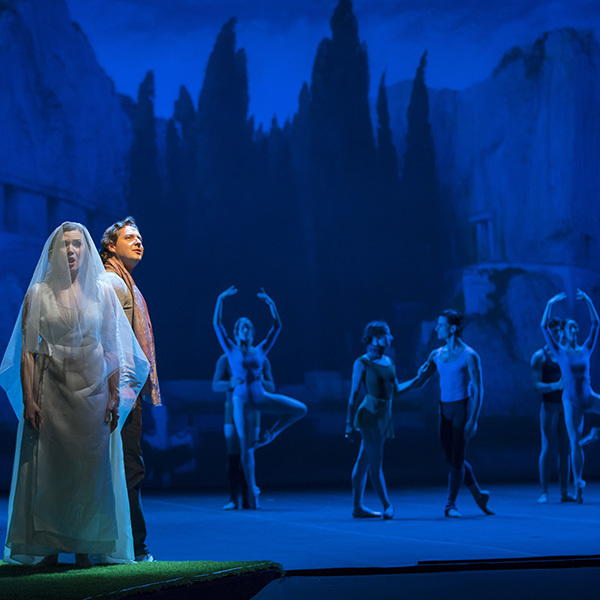
Sung by Eurydice followed by the chorus
Traditionally the myth of Orpheus ends on a somber note, but Gluck’s Orphee et Eurydice ends triumphantly. Orphée and Eurydice are reunited and alive. This excerpt begins with Eurydice’s declaration of joy followed by the full chorus. The chorus performs the last sung music in the opera, but it is not the finale. The opera concludes with ballet.
Things to listen for:
- Eurydice here is much different than in “Fortune ennemie.” Here her melody is slower and more song-like. Each line she sings is related to the one before it. The previous example showed erratic confusion, this excerpt shows contentment and security.
- The end of the opera is the only joyful choral moment. Every other piece that features the chorus is either mournful or angry. This is a celebration of love. What are some aspects of this excerpt that demonstrate excitement and joy?
Orphée et Eurydice videos
Photos: Todd Rosenberg, Lyric Opera of Chicago
